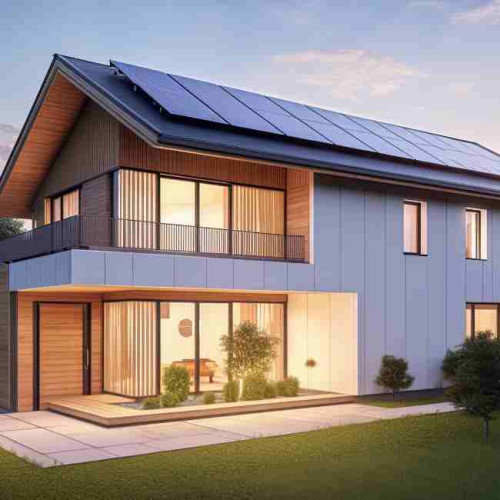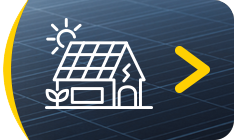- 09 Oct, 2017
- Solar Training

Self-consumption: a low-cost solution that pays off thanks to Alma Solar. We all want to save energy and money. Thus, self-consumption is an interesting alternative to moderate our energy consumption.
WHAT IS SELF-CONSUMPTION ?
First of all, it is necessary to return to the principle of self-consumption. This term could be confusing because it is not a question of completely eliminating the energy supplied by the network but of supplying certain devices. It is not a question of disconnecting from the network or living in perfect self-sufficiency, but of supplying part of these particularly energy-intensive household appliances that operate all day long. This is the case, for example, with television sets, computers or the resistors of your coffee machine, all of which consume energy non-stop. Self-consumption supplies at least part of the power to these devices at the same time as the energy is produced. Of course, production depends on several factors such as the sunshine rate, the number of panels installed and the energy class of your household appliances. Self-consumption is above all a way of storing this energy captured by solar panels thanks to solar batteries that can be used at any time.
HOW TO CONFIGURE YOUR OWN SELF-CONSUMPTION KIT?
When the energy produced is not fully consumed, it can be stored in batteries or injected into the public network. To do this, you will need to take administrative steps to connect to the network and obtain a contract for the sale of surplus from electricity suppliers. Your kit will depend on the configuration of your installation.
Mini self-consumption kit composed of 2 to 4 panels or a production of 500 to 1000 Wp, the rate of self-consumption will be almost 100%. That is, everything you produce will be consumed.
3 kWp photovoltaic installation without solar batteries: the spontaneous self-consumption rate will be around 20%, it can vary between 50 and 70% by changing its consumption habits and optimizing them via a Smappee system. Photovoltaic installation of at least 3 kWp with batteries: the self-consumption rate is around 80% and 100% when you equip your house with a consumable optimization system.
How to store energy with solar batteries?
To store this free energy offered by the sun's rays, it is necessary to use solar batteries. These store the excess energy produced. To estimate the number of batteries required, it would be necessary to record consumption curves over an entire year, which would be extremely time-consuming. It also depends on the power of your installation. Pragmatically, it is recommended to install a minimum solar battery capacity. For example 5 to 6000 Wh, knowing that a battery should not be drained at more than 50% to increase its lifetime. This power is sufficient to store the electricity production of a 3 kWp photovoltaic installation. This is sufficient to store the electricity production of a 3 kWp photovoltaic installation. It should be noted that a battery cannot be drained to more than 90% if it is to be kept in good working order for a decade.
New generations of batteries allow much longer life spans and higher discharge rates. For example, the Freedom Lite 5/4 lithium battery offers a 13-year life span with more than 3500 cycles and a discharge rate of up to 70%. In addition, this battery connects directly to the Solax inverter to track the charging and discharging of these battteries via the internet completely free of charge. Products that meet the requirements of this installation are available online. You will be able to familiarize yourself with this energy of the future and better understand the ins and outs of this installation. You can opt for recyclable solar batteries that are part of an energy-efficient approach and aim to preserve the environment... In conclusion, self-consumption with a solar installation is an ecological alternative to make savings. All you have to do is determine your needs and annual consumption to choose the best installation. Our configurator helps you in this process, by determining the appropriate material according to your annual consumption.











